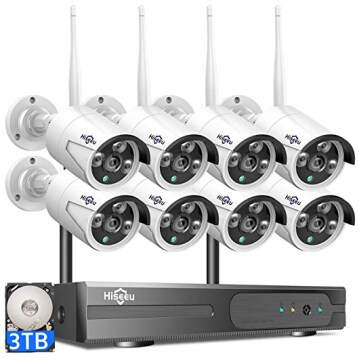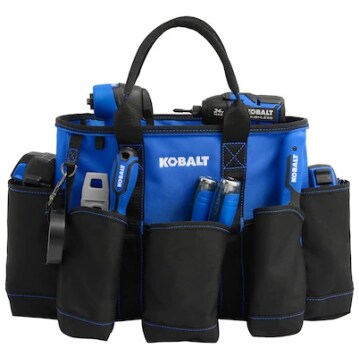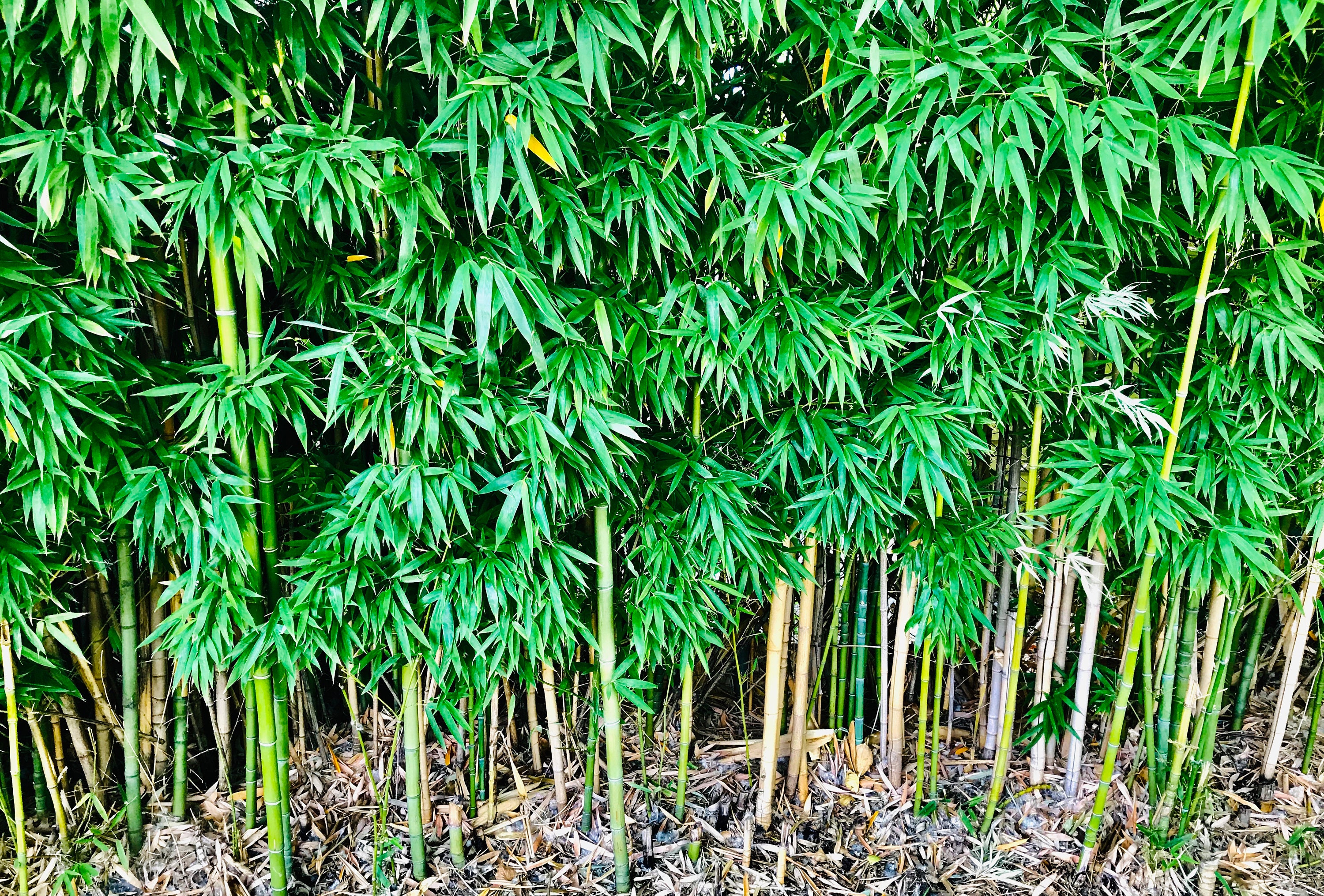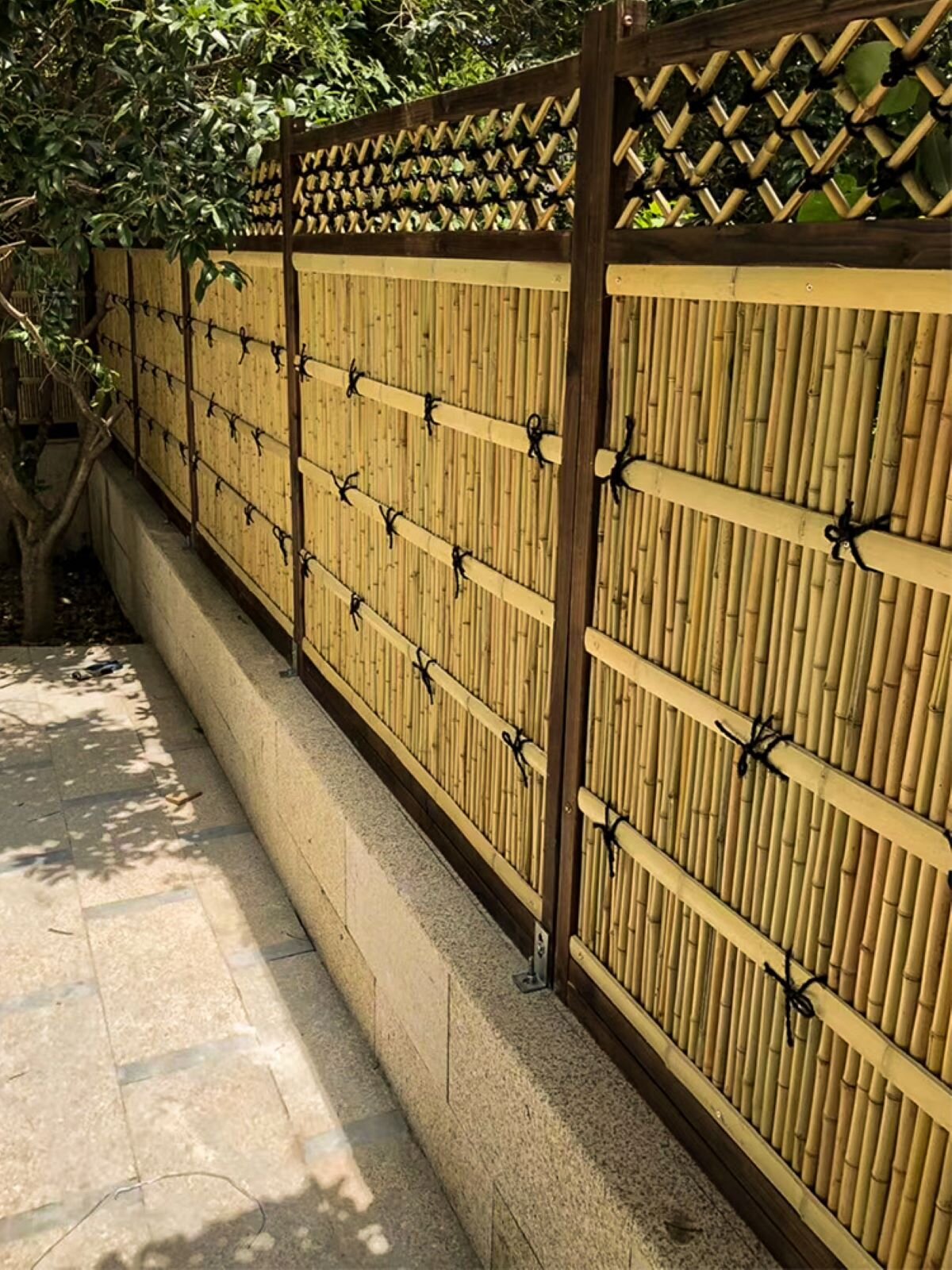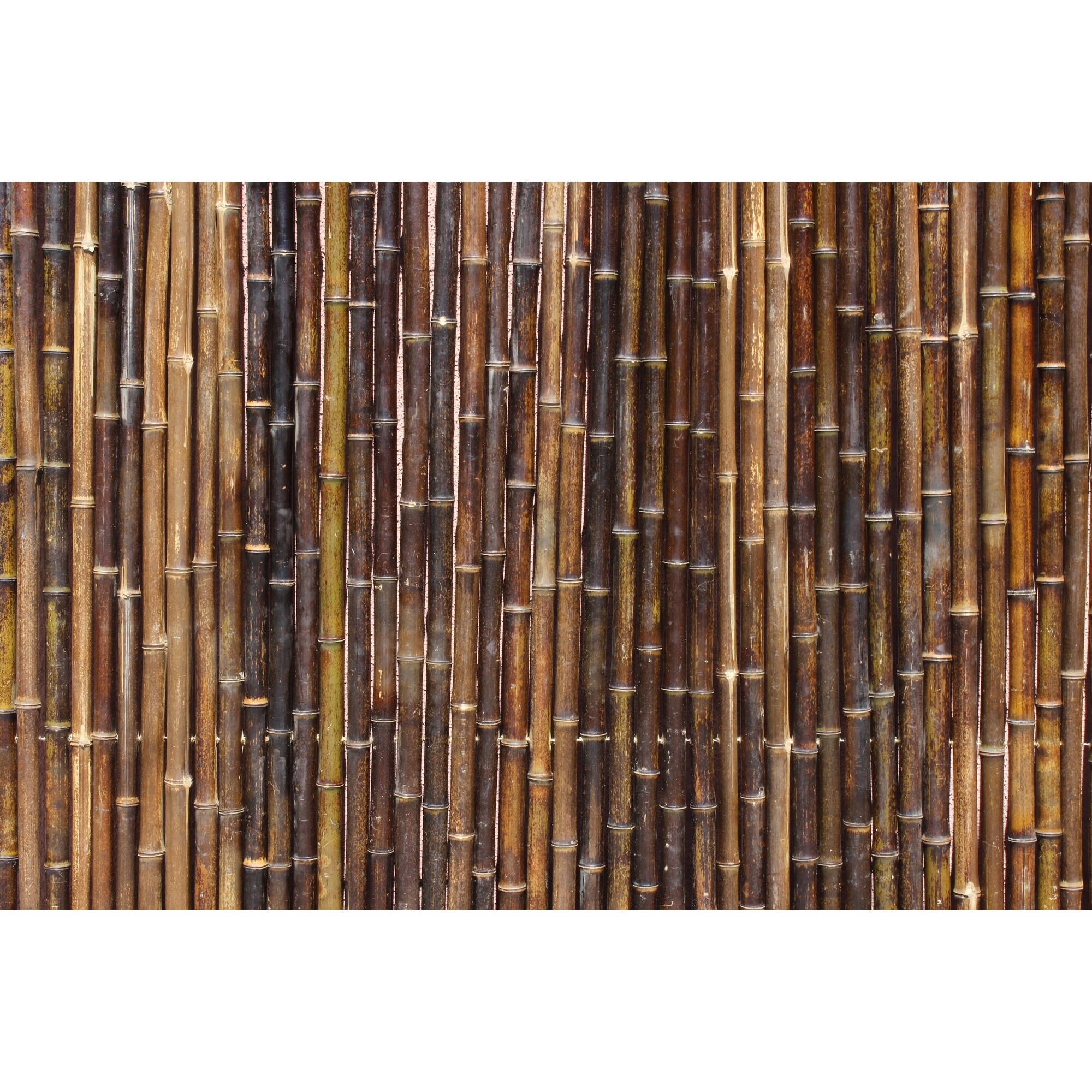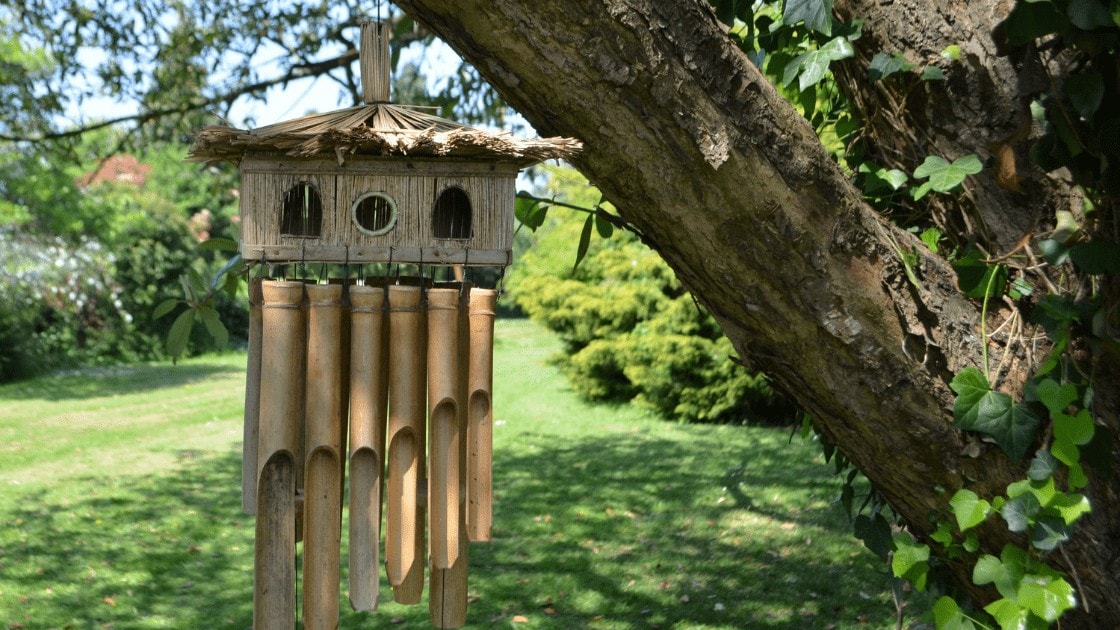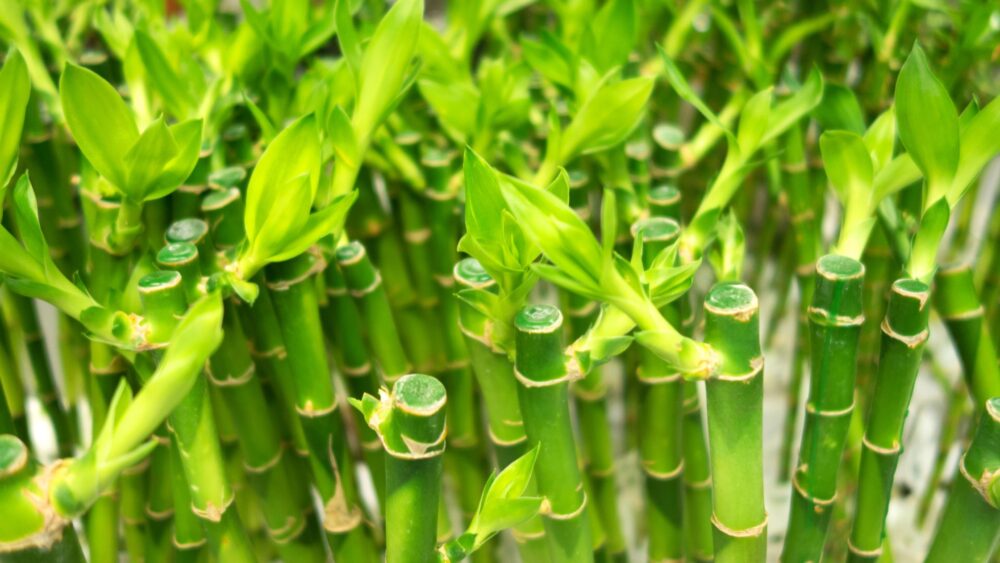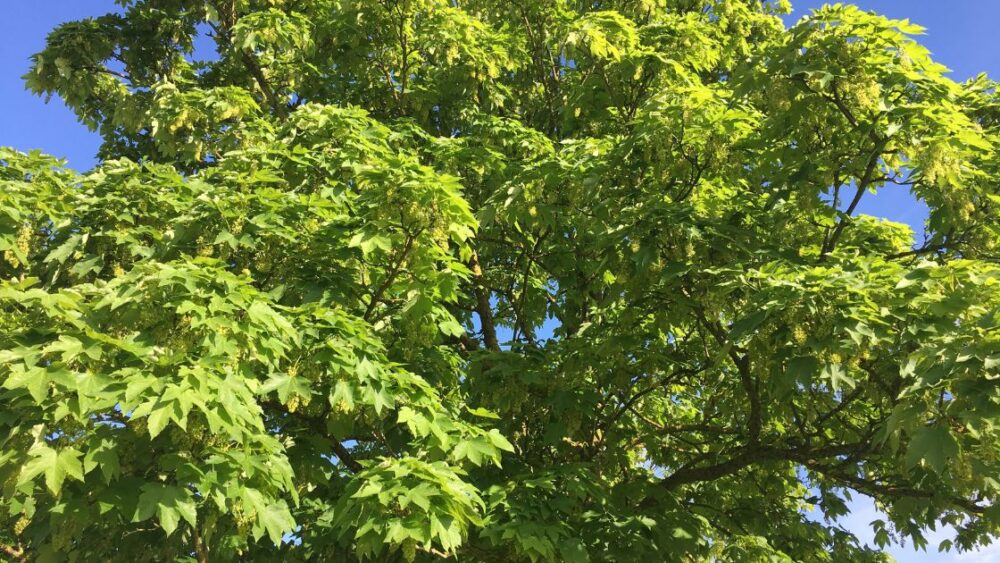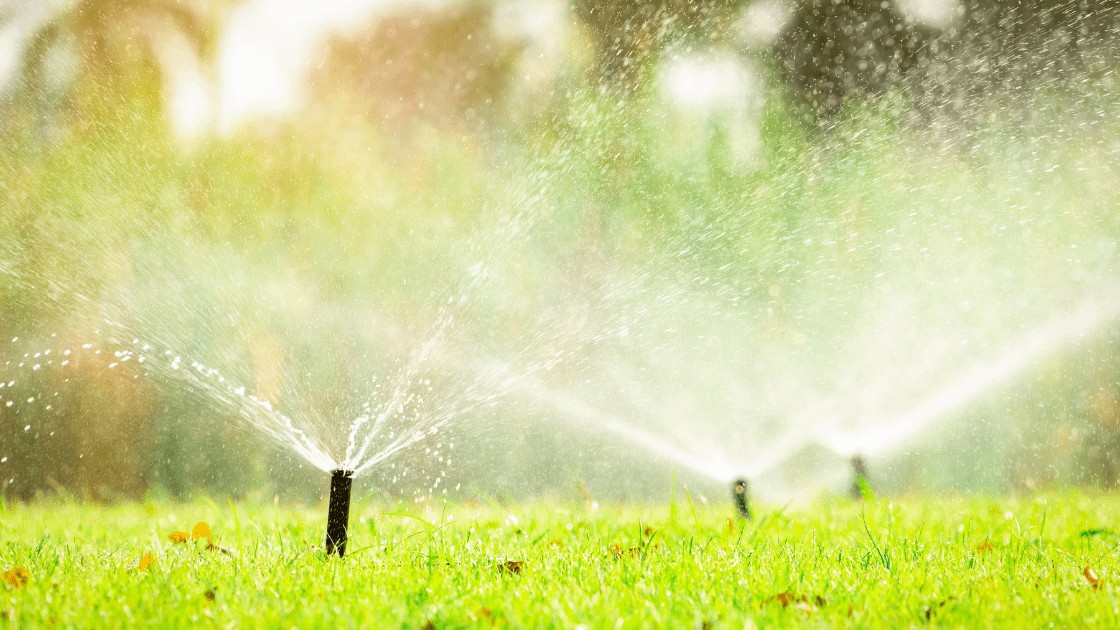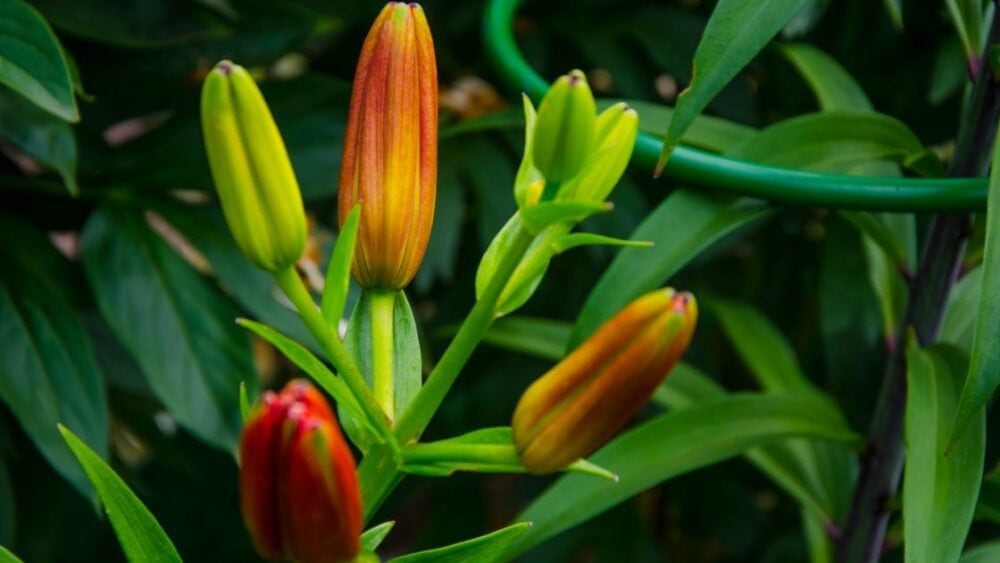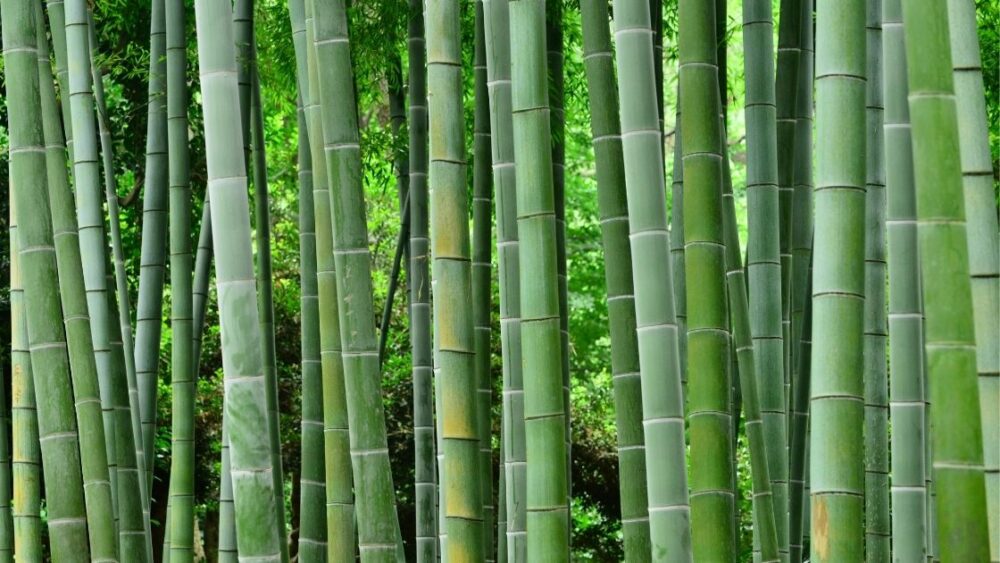
If you have little ones and want to secure a safe space for them to play, or, you want to keep pesky animals out from eating the plants in your garden, you may have considered building a privacy fence. Out of all the materials on the market, which one do you choose? With its sudden rise in the home construction industry, you may wonder, does growing bamboo make a good privacy fence?
Not only does bamboo keep nosey neighbors from peering into your yard, it’s quite eye-catching as well. Furthermore, bamboo is known for its one-of-a-kind build – as its structure is unique and unmatched anywhere else.
So, if you’ve been considering building a privacy fence, or planting Bamboo – no matter what the reason – I’m going to walk you through the major pros and cons of using bamboo as your building material.
Browse our Affiliate Products
Does Growing or Purchasing Bamboo Make a Good Privacy Fence?
To put it simply: if you plant and maintain bamboo carefully, these hollow, woody stems make an excellent choice in building a privacy fence. Not only is bamboo cosmetically pleasing to the eye, but bamboo-based products also boast a laundry list of advantages to using them. The visual aesthetic bamboo brings is merely a small bonus when you consider the versatility, strength, eco-friendliness, and affordability that comes along with it.
- Growth: The rate at which bamboo grows may sound impossible. However, due to their unique rhizome-dependant system, bamboo can grow up to 3 feet a day. This makes bamboo an optimal material for quick seclusion. In some cases, bamboo can grow up to 10 feet tall, perfect for total privacy.
- Adaptive: Bamboo has exploded in the household industry, showing up in kitchen utensils, cutting boards, and even bed sheets. Due to its strong, yet soft texture, bamboo is incredibly versatile. This being said, bamboo is able to grow in even poor situations. While it prefers well-drained soil, it is adaptive enough to grow in less than ideal conditions.
- Environmentally-Friendly: True bamboo is grown without the need for pesticides or fertilizers. If treated correctly beforehand, bamboo has very low rates of insects and disease. In addition, the environmental footprint of bamboo is quite small, while still absorbing 10,000 lbs of carbon dioxide a year. Furthermore, bamboo can emit 35x more oxygen into the atmosphere than a single tree of similar stature.
- Strong: Unlike most grass plants, bamboo only gets stronger over time, eventually becoming a wood-like material. Due to bamboo’s fibers running axially, it actually has greater tensile strength than steel! Despite its toughness, its short fibers make it flexible and soft, ideal for earthquake-prone environments.
- Easy: Due to its low weight, bamboo is relatively easy to install. There is no bark to peel, and bamboo functions like wood, so no high maintenance upkeep (once planted) is necessary.
Disadvantages of Growing Bamboo and Purchasing as a Privacy Fence?
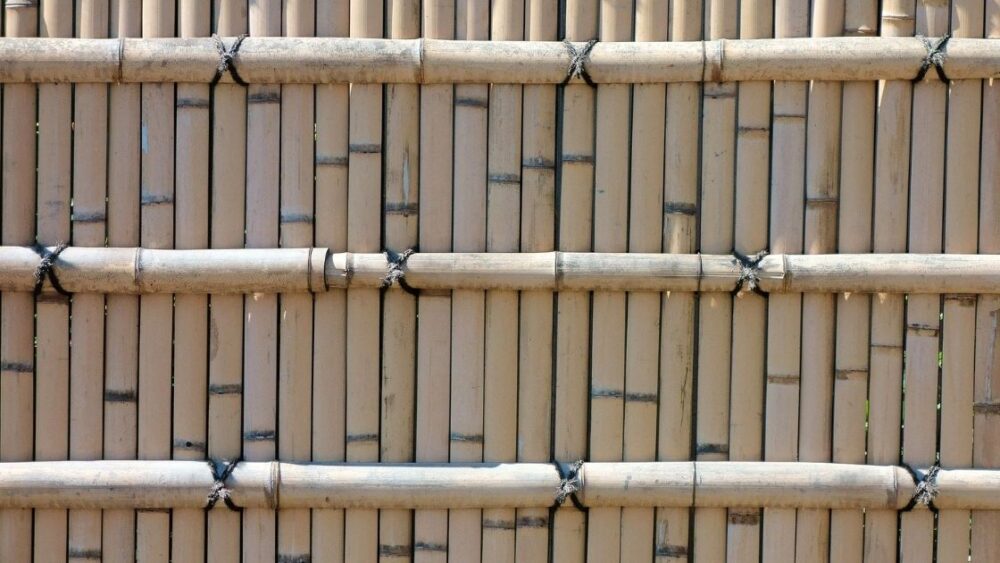
Unfortunately, no material is perfect. While bamboo has many benefits, there are a few downsides to be aware of. Thorough knowledge of bamboo use should be done, in order to avoid any unnecessary mistakes. When it comes to bamboo, there are several small, but important, tips you need to know. While bamboo is relatively low maintenance once installed, there are quite a few precautions and work needed to be done beforehand to completely embrace bamboo’s full potential.
- Poor Protection Against Fungi and Bacteria: In order for bamboo to make a sustainable privacy fence, it needs to be treated thoroughly beforehand to ensure infestation is avoided. Bamboo contains a high starch and carbohydrate complex, so insects will harvest their food supply from bamboo, and then degrade it. If bamboo is not cut and treated properly beforehand, it has a very short lifespan.
- Shrinkage: Because bamboo shrinks when wet, in order to begin using bamboo in construction, it needs to be fully, extensively dried. However, due to bamboo’s structural makeup, water absorbs at different rates, causing bamboo to dry unevenly. When bamboo dries unevenly, a stark contrast in shrinkage throughout becomes apparent. This is precisely why air drying bamboo is the most recommended option, however, this takes time and patience. If bamboo is not wholely dried before installation, shrinkage up to 17% can occur.
- Overseas Shipping: It’s no secret that South America and Asia have ideal conditions for bamboo plantations. Since conditions in the United States aren’t quite as favorable, bamboo has to be shipped overseas. When anything is shipped overseas, a question of quality upon arrival comes into play. In addition, this trip abroad may lead some environmentalists to question the eco-friendliness of bamboo since it requires the burning of fossil fuels in delivery. However, due to bamboos lightweight, it travels quite easily via boat.
- Variance in Quality: Surprisingly, there are very minimal regulations in place when it comes to manufacturing bamboo for construction. Due to these extremely loose standards, the quality of product can often be unpredictable. This is why research and knowledge on bamboo beforehand is critical. When determining the quality of bamboo, you’ll want to take into account the species, age, region it was grown in, along with the treatment and finish. Not every company has your best interest in mind, especially if they can sense you aren’t educated on the topic.
- Specific Protocols: As I mentioned above, it’s absolutely necessary to air dry your bamboo beforehand. This process, called curing, can take up to 12 weeks. In addition, you’ll need to know how to properly treat your bamboo to fend off any pesky insects that may cause deterioration. There are small, tedious steps needed beforehand to ensure your bamboo lasts as long as possible.
Can Bamboo Grow out of Control?
When it comes to bamboo, there are two specific types. These two types will determine how your bamboo is going to grow, and what steps you need to take to maintain it.
The first type is called running bamboo. Running bamboo has an expansive root system that runs horizontally underground. Generally, running bamboo isn’t suggested for a privacy fence due to its roots unpredictability. When running roots grow, they grow aggressively far and wide. If these roots run into any surface underground it cannot grow through, it will change course and grow around it. This is why bamboo can show up in cracks, crevices, and through floorboards.
It’s quite simple to contain running bamboo, however. First, plant within a physical barrier, such as a planting container. Within this planting container, you’ll want a 30-40 mil thick rhizome barrier, planted 22-30 inches deep. By doing so, you’re containing any area where the roots can spread.
The second type is called clumping bamboo. While clumping bamboo can spread, it’s much, much slower and less dramatic. Clumping bamboo will form underground in tight-knit 5-foot clumps. Due to the ease of maintenance, clumping bamboo is much more common when installing a privacy fence.
For more information on how rhizomes grow and how to control bamboo growth, check out this article. Rhizomes: The Bitter Sweet Truth
So, Does Growing Bamboo Make For a Good Privacy Fence?
While bamboo may have a few potential downsides, most of the drawbacks to using bamboo can be overcome by doing thorough research and having time and patience. If any steps in the beginning process are skipped, major problems such as shrinkage can occur. This being said, bamboo does, indeed, make for an excellent privacy fence. With its unmatched durability, strength, ease, and beautiful aesthetic, bamboo provides an experience unlike any other material out there.
